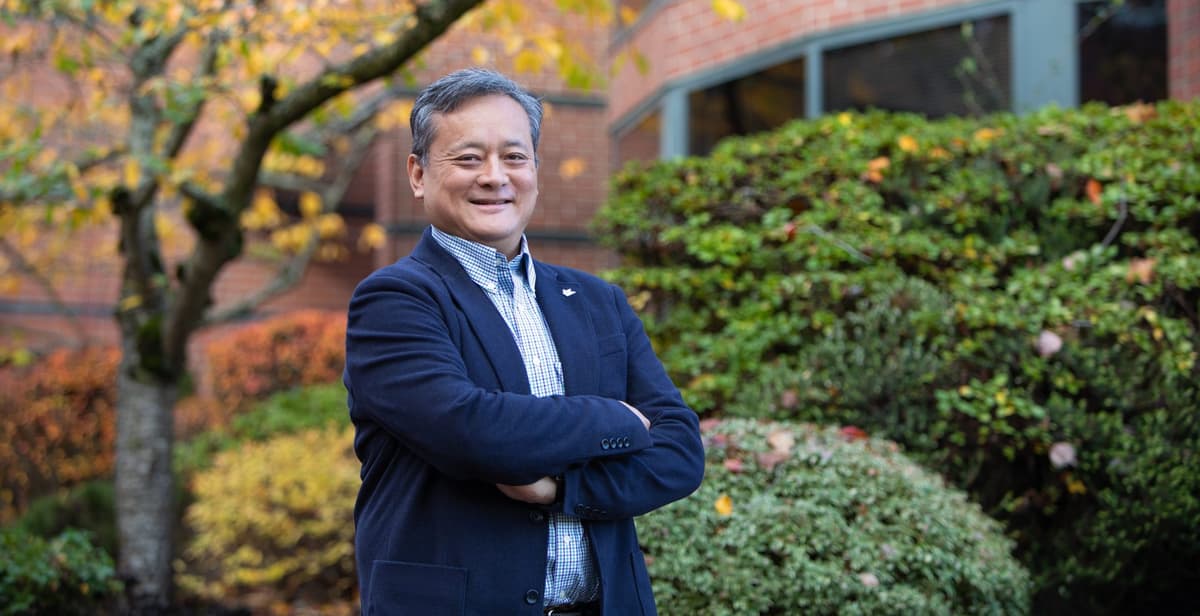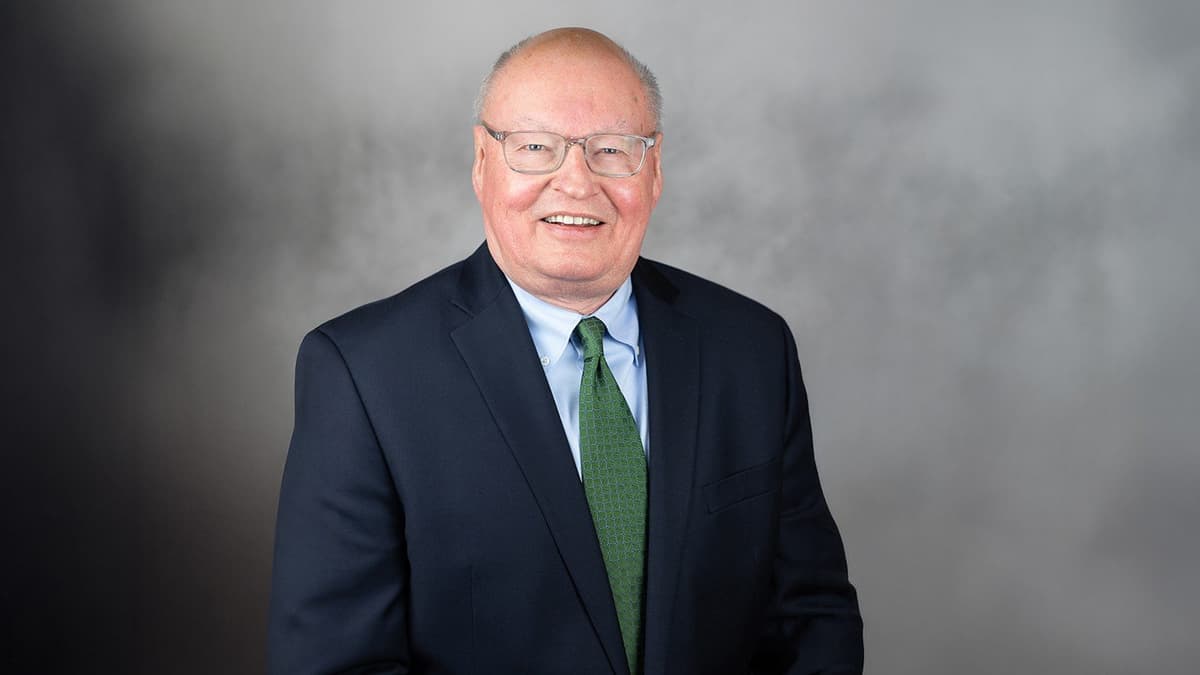As students, staff, faculty, and visitors walk around Seattle Pacific University’s campus, I suspect few ever stop to contemplate some of the epigraphy and iconography around them.
Epigraphy is the study of written inscriptions. Iconography is the study of visual symbols. For thousands of years, people have adorned their public spaces with such things, attesting to how they understand themselves, what they value, and what they aspire to.
Inscriptions are more than signage. You might post the name of a building over the front door, but you wouldn’t call that an inscription. A proper inscription or epigraph is a testimony to the identity and mission of the institution that displays it. At SPU, our inscriptions remind us of who we are, what we are doing here, and in whose name we are doing it.
On McKinley Hall, home to SPU’s theatre program, Proverbs 13:34 is chiseled on its cornerstone: “Righteousness exalteth a nation.”
In the vestibule of the School of Health Sciences building, Micah 6:8 is displayed: “What does the Lord require of you but to do justice, love kindness, and walk humbly with your God.”
Many are aware that if you stand in the center of Martin Square and clap your hands, you will hear reverberating echoes. But few stop to ponder the Scripture etched in the marble facings of Martin Square’s half walls: “Apply your heart to instruction and your ears to words of knowledge.” (Proverbs 23:12)
And: “The Son of Man came not to be served but to serve and to give his life as a ransom for many.”
(Mark 10:45) Each of these verses is inexhaustibly rich in meaning, but what do they tell us about the identity and mission of a church-related university?
What does it mean here at SPU that “righteousness exalts a nation”? It means that SPU’s educational program is ordered to civic virtue; to responsible citizenship in the cosmopolis of humanity. What does it mean on this campus to learn to “do justice, love kindness, and walk humbly with God”? It means that education is more than stuffing our heads and padding our resumes and securing employment credentials. It means we grow in spiritual maturity.
What does it mean to “apply your hearts to instruction and your ears to words of knowledge”? It means that our studies are intended to prepare us, not only for a successful career but for a godly life.
What does it mean to affirm that “Christ came not to be served but to serve others”? It means we invest our knowledge and skills in the common good. Turning from inscriptions to icons, University Librarian Michael Paulus wrote an insightful essay explaining the symbols on the Demaray Hall clock tower:
The tower’s west panel … is headed by the eye and hand of God the Creator. Below this panel, mathematical notations, biological forms, and symbols for matter and energy represent the physical sciences. At the top of the east panel … a descending dove and flames signify the Holy Spirit. The images below that panel represent artistic expression through music, architecture, and philosophy.
The south panel … presents a trajectory of human development. Christ is represented at the apex by a sunburst, an image inspired by the transfiguration, and a scene from Revelation. The Greek monograms provide his name and title.
Rising from the bottom of the panel, ancient images of birth and death — representations of the human journey through history and life — blend with technological artifacts. An astrolabe represents exploration. Wheels represent industry. A bow and arrow signal weaponry; coins point to commerce.
Four thousand years of human literacy are honored on the walls of Weter Memorial Hall, a building that originally served as the school’s library. The south wall’s three panels represent the complex ideogrammatic and pictographic system of the ancient Mayans; the law code of the Babylonian King Hammurabi, etched in cuneiform; and Egyptian hieroglyphics, representing humanity’s age-long quest for immortality.

There are four panels on the east wall. The first shows Phoenician masons chiseling the world’s first alphabetic script onto stone tablets. (This was originally a bookkeeping device, but by the seventh century B.C., the Greeks adapted it to set down the epics of Homer.)
The second panel depicts a medieval scribe, painstakingly copying Scripture with a goose quill, to bequeath the word of God to generations yet unborn. The third shows Johannes Gutenberg, operating his printing press which exponentially multiplied the availability of knowledge and the circulation of ideas. And the fourth panel portrays a modern rotary newspaper press.
The icons and inscriptions on the SPU campus remind us of the heritage of this University and its foundational values. The fact that they are carved in granite or marble suggests the fixity of our institutional purpose, the solidity of our identity.
But notice something else: The actual content and placement of these images and inscriptions indicate the value of discovery and invention; the importance of creativity and reflection; and the never-ending need for moral reform and spiritual renewal.
The cornerstone of McKinley reminds us that “righteousness exalts a nation,” but the plays performed on the McKinley stage — Sophocles’ Antigone or Shakespeare’s King Lear — offer pointed political and social commentary. They challenge us to analyze the policies and practices of our campus and our world and bid us to work for change when we find unrighteousness within us, among us, or around us.
The Weter sculptures remind us that the tools by which people have recorded their thoughts have progressed over the centuries from chisels and stone to quills and parchment, to rotary presses and newsprint. But a series of historical scenes signify progress and point forward to our own day of 5G networks and cellphone screens.
The Demaray clock tower simultaneously celebrates “the Word of the Lord which endures forever,”
(1 Peter 1:25), and the discoveries of the arts and sciences, which, like all of God’s mercies, are “new every morning.” (Leviticus 3:23)
In short, a Christian university must stand firm, but it must not stand still.
May the worthy heritage and sacred mission of SPU, which is emblazoned on its buildings, also be imprinted on our hearts and enacted in our lives in the years to come.




